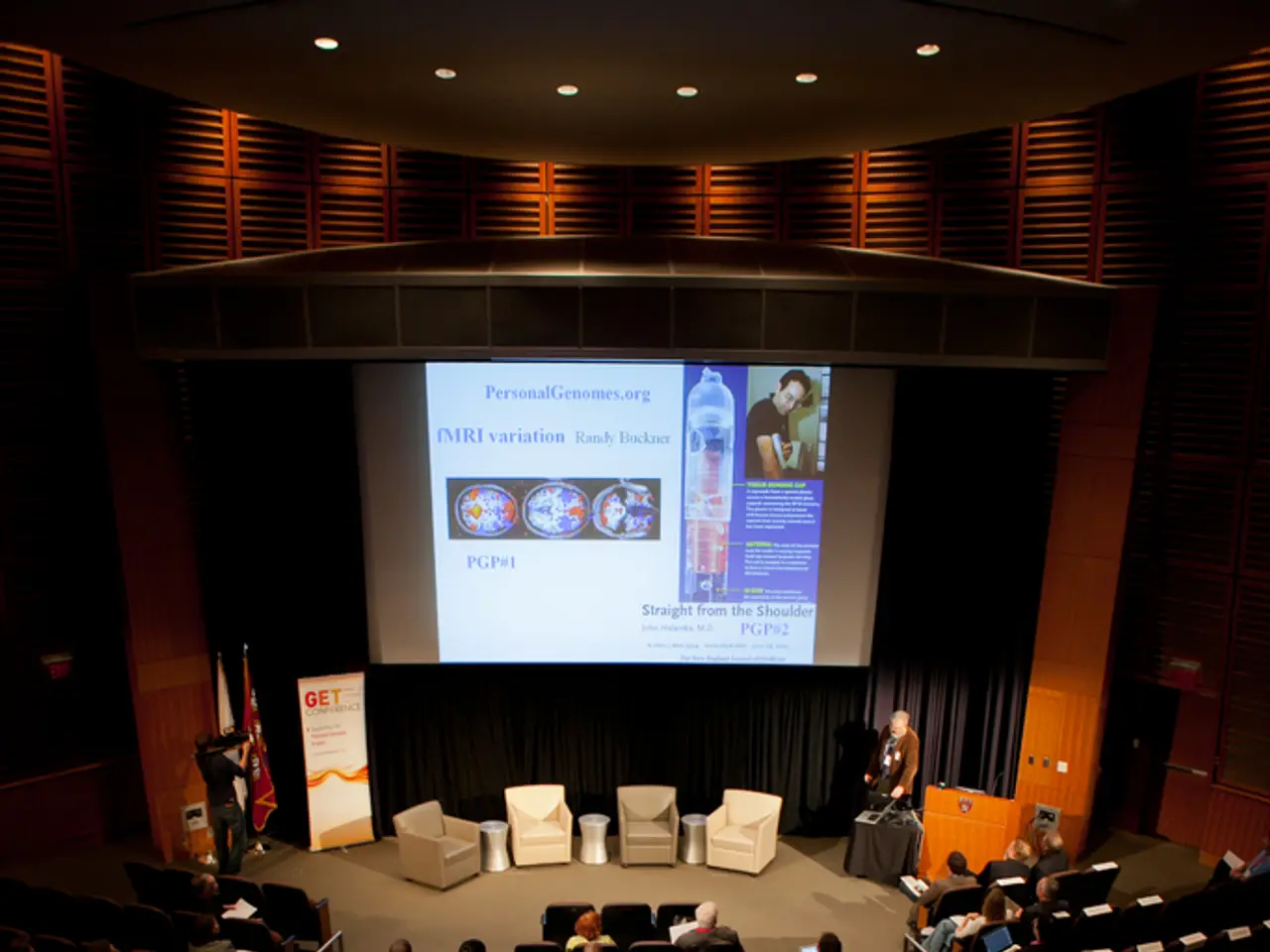AI security system installed at Hagia Sophia for visitor control and management
In the heart of Istanbul, the iconic Hagia Sophia continues its restoration journey, with recent advancements focusing on heritage protection, visitor management, and enhancing the visitor experience.
The historic monument, which has witnessed several transformations throughout history, is now embracing the future with an AI-supported security system, comprehensive visitor management, a multilingual audio guide system, and digital conservation efforts.
The AI-supported security system, installed within the mosque, boasts hundreds of upgraded cameras equipped with AI technology. This system detects unauthorized access attempts to restricted areas in real-time, immediately alerting personnel for rapid intervention to protect Hagia Sophia's invaluable architectural and cultural elements.
To ensure a smooth visitor flow, a comprehensive visitor management plan has been in place since January 2020. Entry and exit points have been reorganized, separating worshippers and tourists to prevent congestion near sensitive areas. Physical protective measures are also in place around mosaics and architectural features to minimise the risk of damage from visitor traffic.
To enrich the visitor experience, a multilingual audio guide system was launched on January 15, 2024. The system offers explanations in 23 languages, providing cultural and historical context without disturbing worship activities. Visitors can now listen to information about Hagia Sophia's mosaics, structural elements, and other features using their own headphones.
Restoration work on the mosque's main and side domes, minarets, and courtyard buildings is ongoing, with the first phase of comprehensive projects already completed. A digital twin project helps monitor and maintain these interventions, contributing to the preservation of the monument.
The General Directorate of Foundations has implemented measures to ensure the safety and comfort of both local and international visitors. Entry and exit routes for worship and sightseeing have been separated, and praying guests can perform their prayers in a more comfortable and qualitative manner without disrupting the prayer environment.
These technologies represent a holistic approach combining AI surveillance, visitor flow management, multilingual educational tools, and digital conservation efforts to protect Hagia Sophia’s heritage and accommodate millions of visitors safely and respectfully. The restoration work at Hagia Sophia will continue gradually, ensuring that this remarkable monument remains a beacon of history and culture for future generations.
[1] The AI-supported security system at Hagia Sophia [2] Comprehensive visitor management plan at Hagia Sophia [3] Multilingual audio guide system launched at Hagia Sophia [4] Ongoing restoration work at Hagia Sophia supported by digital tools [5] Improved visitor experience at Hagia Sophia through modern technology and AI applications
- The AI-supported security system installed within Hagia Sophia in Istanbul is revolutionizing the monument's protective measures, utilizing advanced technology to detect unauthorized access in real-time and protect the invaluable architectural and cultural elements.
- The comprehensive visitor management plan implemented at Hagia Sophiasince January 2020, includes the reorganization of entry and exit points, separation of worshippers and tourists, and physical protective measures around sensitive areas, ensuring a smooth flow of visitors and the preservation of the environment.
- In 2024, a multilingual audio guide system was launched at Hagia Sophia, offering cultural and historical context in 23 languages, enhancing the visitor experience while respecting prayer activities within the monument.




